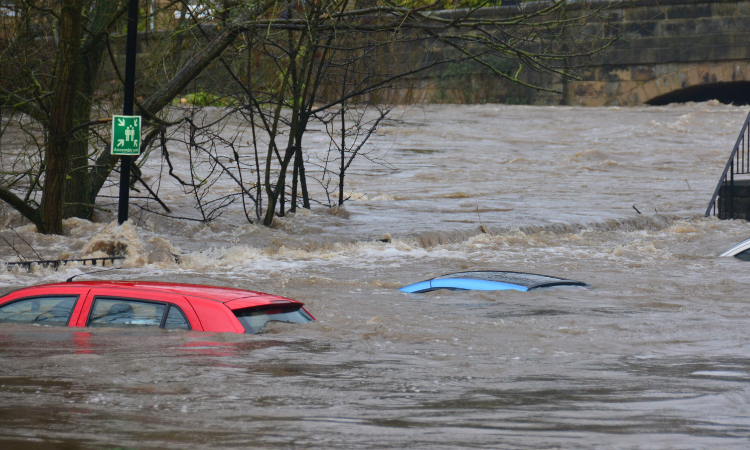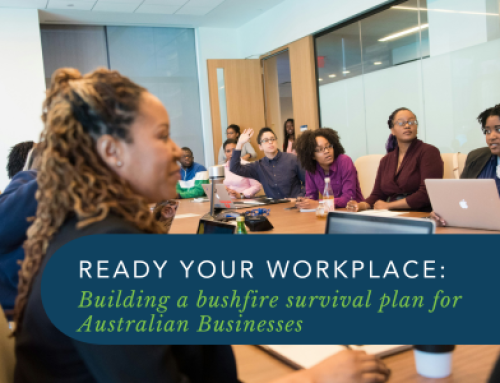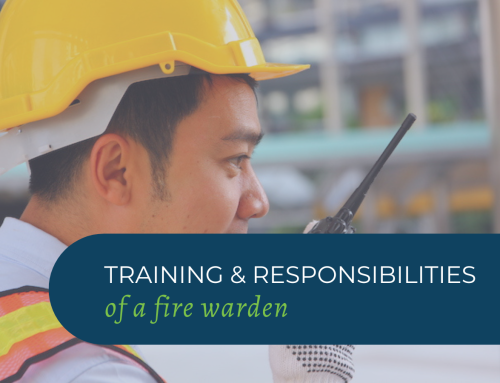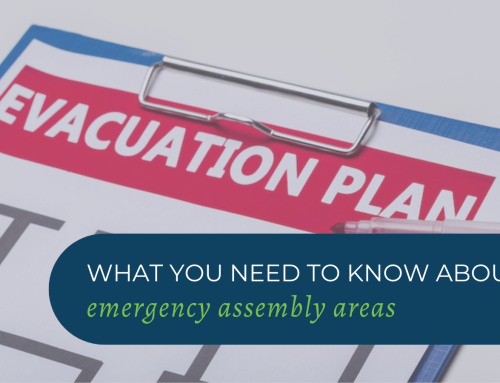The East Coast has been hit hard these past 18 months with flooding. Flooding has decimated houses, taken away livelihoods and torn families apart. Australian weather is unpredictable at best. Many businesses have an emergency plan, but does your emergency plan include actions for flooding emergencies?
If your business is close to the coastline, a river, creek, major storm drains or in a low-lying area, then you may be at risk of flooding. Flooding can cause hundreds of thousands of damages to stock, plant equipment, furniture, and fittings every year. We all need to be aware of floodwater and fast-moving waters hazards; including damage from bacteria, sewage and faecal matter, biological waste, floating objects, snakes, and insects and even chemicals that have mixed in with the rising floodwaters. Other hazards include fast flowing water, swift water, road and ground erosion and large floating debris including trees, branches and rubbish.
Flood insurance policies can be difficult and costly to obtain in flood-prone areas. Even if your business is insured for flooding, there can be significant stress in going through this process. Your business may have to close for an extended period of time, adding to the stress and furthering costs.
So what can you do to help mitigate the risks and prepare for flooding emergencies?
Some basic things we can do include:
- Check your local State Emergency Service website and know your local flood risk
- Create a Flood Emergency Response procedure or flood evacuation procedure
- Train staff and family members how to respond to local emergencies including flooding
- Know and understand your flood risk and evacuation routes
- Plan for staff vacancies
- Create an evacuation bag or pack for yourself or the business, some example items may include essential medical items, torch, spare batteries, spare keys, snacks and critical paperwork
If your business is going to be impacted by rising flood waters, there are some immediate things to do, including:
- Follow local evacuation guidelines and instructions from authorities
- Listen to and follow early Evacuation warnings and Evacuation orders
- Shutdown electricity, plant and other electrical equipment and move to higher ground if safe to do so.
- Place furniture, and electrical items above anticipated flood levels
- Never enter or drive through floodwater
- Never let children or pets play in or enter floodwater.
- Wash and disinfect hands and objects regularly
With these ongoing unprecedented weather patterns, we all need to prepare for emergencies in our business and in our home life. By following these simple tips and looking at your local council and the State Emergency Service website page, you can be better prepared for flooding emergencies.
GET IN TOUCH
Are you ready for peace of mind that your workforce is as safe and prepared as possible?
With a dedicated team of staff ready to help you meet compliance requirements and improve the overall safety of your workplace, all you need to do is get in touch.
Request your free audit today!



